Collection
Theme
- Children
- Forced marriage
- Sexual exploitation
- Debt bondage
- Domestic slavery
- Forced labour
- Armed Conflict
- Trafficking
Country
- India (trafficked from)
- India (slavery location)
- United States (slavery location)
- United States (trafficked from)
- United Kingdom (slavery location) 20 More
Date
Type
115 results
VOICES: Narratives by Survivors of Modern Slavery
This is the world's largest archive of modern slavery survivor narratives. Across more than a million words spoken or written by survivors of modern slavery, we can see why slavery persists in particular hotspots, analyse patterns in trafficking routes, identify vulnerabilities, understand more about the challenges survivors face in liberation, and discover new antislavery solutions. These narratives offer the chance to systematically design new antislavery strategies based on the experiences, ideas and solutions of enslaved people themselves.
The database is searchable by country, name, theme, and narrative date. Narratives can be viewed in list or map form. A short introduction provides context to each narrative. Narrative provenance appears after the main narrative text.
For ideas on how to use this database, please see our accompanying guide.
Project Lead: Zoe Trodd. Team Members: Andrea Nicholson, Lauren Eglen, Rosemary Pearce, Olivia Wright.
Project Funders: AHRC Antislavery Usable Past grant (2014-19), ESRC/AHRC PaCCS Modern Slavery: Meaning and Measurement grant (2016-19), and AHRC-GCRF Antislavery Knowledge Network grant (2017-2021).
For any queries about the collection please contact: [email protected]. If you wish to cite a particular narrative, please acknowledge the survivor’s name, the provenance of the narrative and cite: Voices Database, the Rights Lab, University of Nottingham.
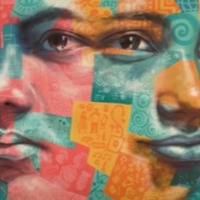
Mitos
The United Kingdom remains a significant destination and, to a lesser extent, transit country for women, men and children trafficked for the purposes of forced labour and commercial sexual exploitation. Migrant workers are trafficked to the UK for forced labour in agriculture, construction, food…
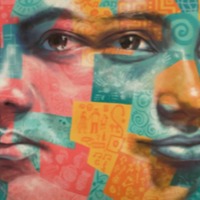
Sophie Hayes
Despite having the lowest regional prevalence of modern slavery in the world, Europe remains a destination, and to a lesser extent, a source region for the exploitation of men, women and children in forced labour and commercial sexual exploitation. Trafficking for sexual exploitation is the most…
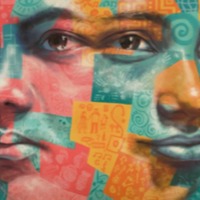
Agnes
The United Kingdom remains a significant destination for men, women and children trafficked for the purposes of commercial sexual exploitation and forced labour. The latest government statistics derived from the UK National Referral Mechanism in 2014 reveal 2,340 potential victims of trafficking…
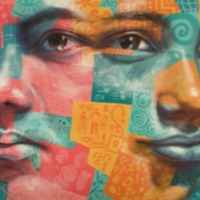
Henrick
The UK National Crime Agency estimates 3,309 potential victims of human trafficking came into contact with the State or an NGO in 2014. The latest government statistics derived from the UK National Referral Mechanism in 2014 reveal 2,340 potential victims of trafficking from 96 countries of origin,…

Nena Ruiz
There are an estimated 57,700 people in modern slavery in the US according to GSI estimates. The US attracts migrants and refugees who are particularly at risk of vulnerability to human trafficking. Trafficking victims often responding to fraudulent offers of employment in the US migrate willingly…

Judith Daluz
There are an estimated 57,700 people in modern slavery in the US according to GSI estimates. The US attracts migrants and refugees who are particularly at risk of vulnerability to human trafficking. Trafficking victims often responding to fraudulent offers of employment in the US migrate willingly…

Natalicia Tracy
There are an estimated 57,700 people in modern slavery in the US according to GSI estimates. The US attracts migrants and refugees who are particularly at risk of vulnerability to human trafficking. Trafficking victims often responding to fraudulent offers of employment in the US migrate willingly…
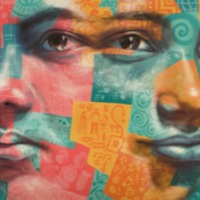
Dorothy
Malawi is a source, transit and destination country for men, women and children trafficked for the purposes of forced labour and commercial sexual exploitation. Internal trafficking is believed to be more prevalent in the country, with people being subjected to forced labour in agriculture, animal…

Adamou
Niger is a source, transit, and destination country for men, women, and children subjected to forced labour and sex trafficking. Caste-based slavery practices continue primarily in the northern part of the country and affect some 44,000 people. Victims from Benin, Burkina Faso, Cameroon, Ghana,…
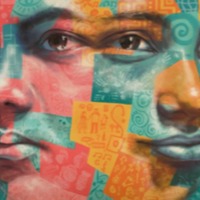
Noi
The internal migration of Chinese people seeking work has created an opportunity for human traffickers in China. Moreover, the gender imbalance caused by the One Child Policy and the cultural preference for male children, has caused a shortage of women which has led to the trafficking of women to…

Yeonmi Park (Narrative 2)
The Global Slavery Index 2018 estimates that there are 2,640,000 people living in conditions of modern slavery in The Democratic People’s Republic of Korea (North Korea). Men, women and children are subjected to forced labour and sex trafficking. Government oppression in the DPRK prompts many…
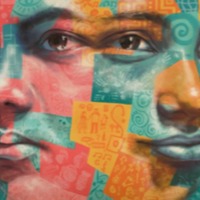
Ramesh
The Global Slavery Index 2018 estimates that on any given day there were nearly 8 million people living in modern slavery in India. While the bonded labour system is formally abolished and criminalised, recent research indicated that bonded labour is still prevalent in India. A 2016 report found…
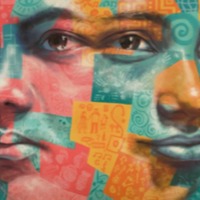
Lauren
There are an estimated 403,000 people living in conditions of modern slavery in the United States (GSI 2018). Sex trafficking is a form of modern slavery that exists throughout the United States. Traffickers use violence, threats, lies, debt bondage and other forms of coercion to compel adults and…

Vidya
The Global Slavery Index 2018 estimates that on any given day there were nearly 8 million people living in modern slavery in India. While the bonded labour system is formally abolished and criminalised, recent research indicated that bonded labour is still prevalent in India. A 2016 report found…
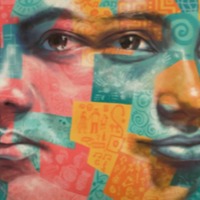
Kunwar
The Global Slavery Index 2018 estimates that on any given day there were nearly 8 million people living in modern slavery in India. While the bonded labour system is formally abolished and criminalised, recent research indicated that bonded labour is still prevalent in India. A 2016 report found…
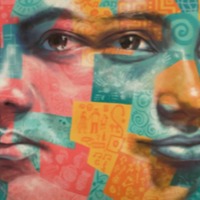
Atal
The Global Slavery Index 2018 estimates that on any given day there were nearly 8 million people living in modern slavery in India. While the bonded labour system is formally abolished and criminalised, recent research indicated that bonded labour is still prevalent in India. A 2016 report found…
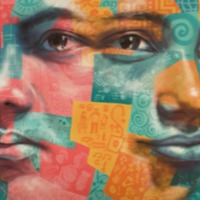
Bekal
The Global Slavery Index 2018 estimates that on any given day there were nearly 8 million people living in modern slavery in India. While the bonded labour system is formally abolished and criminalised, recent research indicated that bonded labour is still prevalent in India. A 2016 report found…
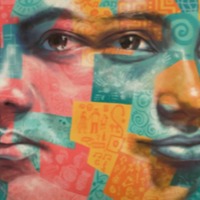
Bhagwan
The Global Slavery Index 2018 estimates that on any given day there were nearly 8 million people living in modern slavery in India. While the bonded labour system is formally abolished and criminalised, recent research indicated that bonded labour is still prevalent in India. A 2016 report found…
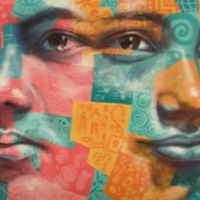
Irfan
The Global Slavery Index 2018 estimates that on any given day there were nearly 8 million people living in modern slavery in India. While the bonded labour system is formally abolished and criminalised, recent research indicated that bonded labour is still prevalent in India. A 2016 report found…
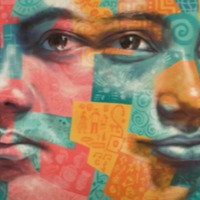
Kishan
The Global Slavery Index 2018 estimates that on any given day there were nearly 8 million people living in modern slavery in India. While the bonded labour system is formally abolished and criminalised, recent research indicated that bonded labour is still prevalent in India. A 2016 report found…